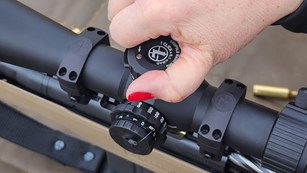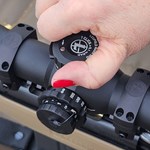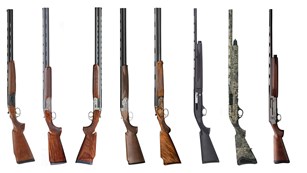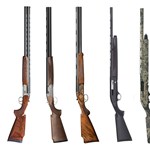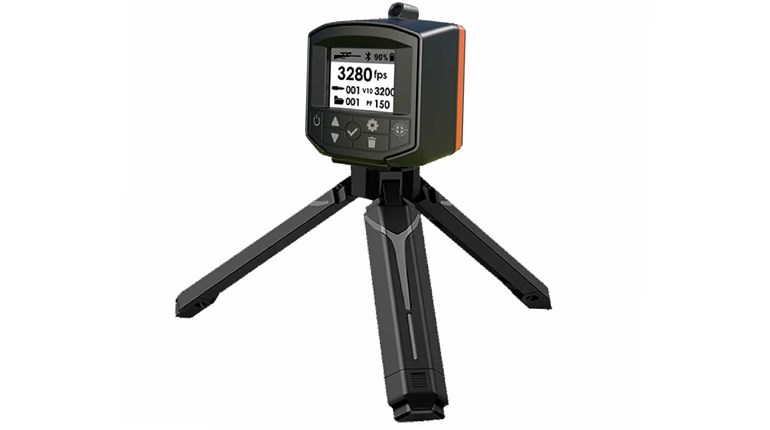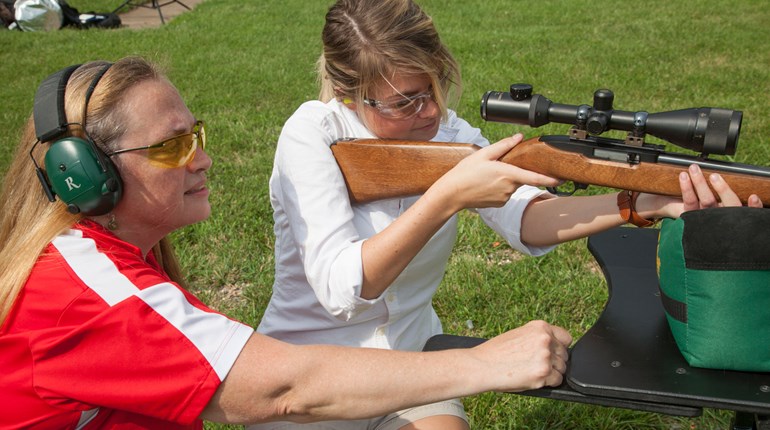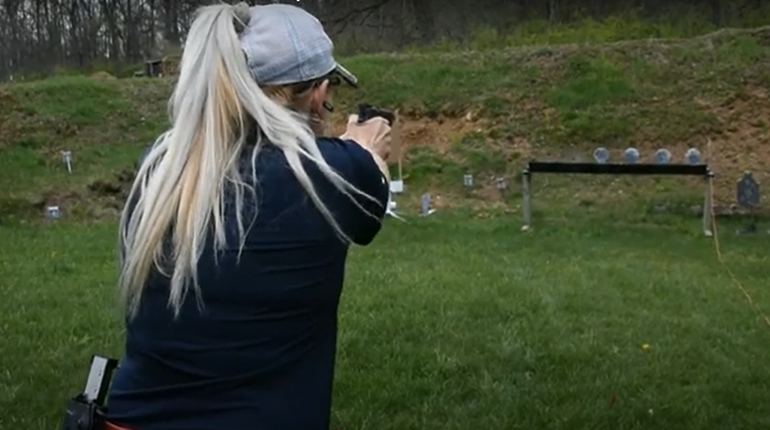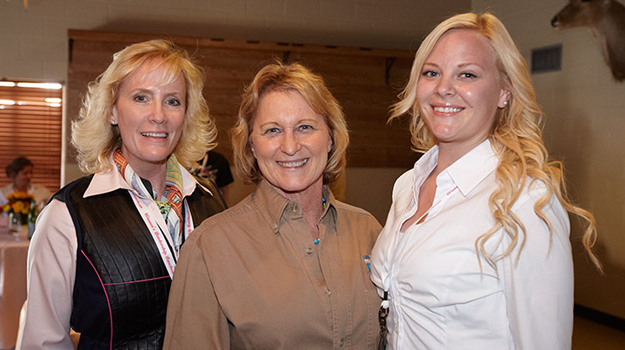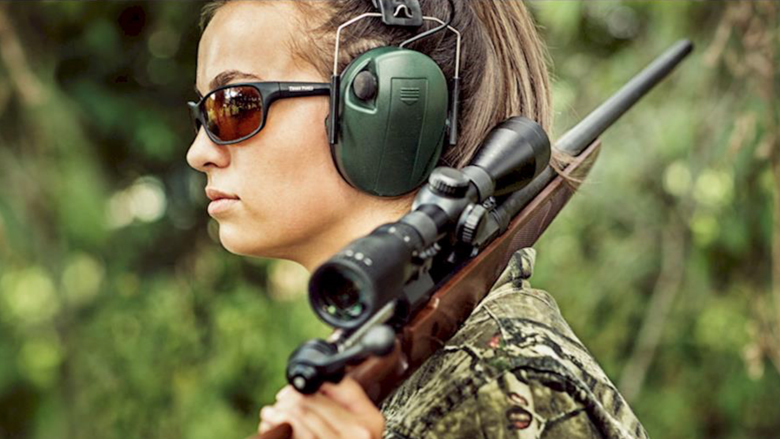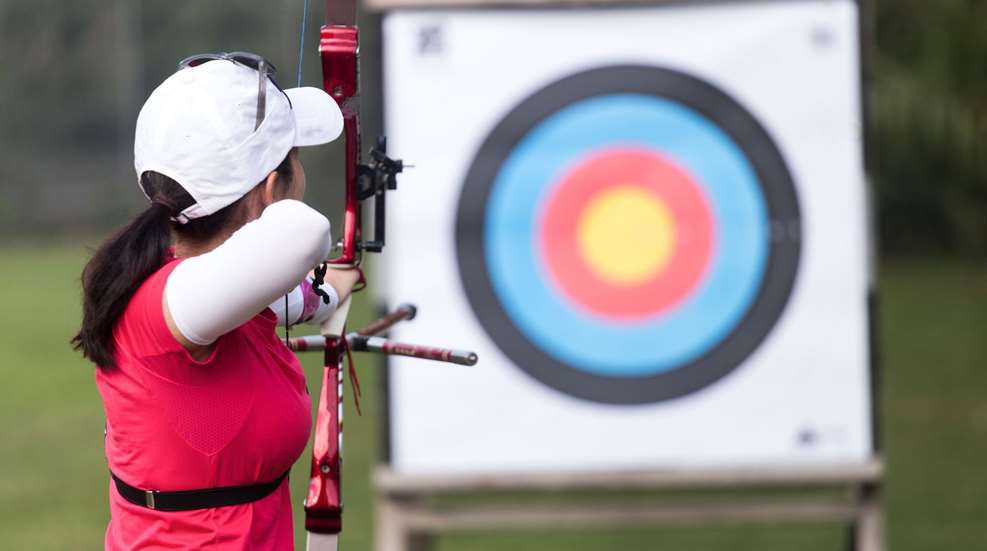
The ancient Roman god of love, Cupid, is often depicted as a winged infant armed with a bow and a quiver of arrows. If you were shot with one of his love-poisoned arrows, you were instantly filled with love and passion. But what if you were hit with the yearning to discover archery?
Although it does not require great strength, archery does require fundamental skills and precision of the shooter’s form. Archery can be enjoyed in large social circles or can be exclusively an individual sport. For a more gratifying experience, archery can be done as a family activity. There are countless opportunities to get involved with different clubs, leagues and tournaments.
Archery increases hand-eye coordination, teaches patience, improves focus, develops skill, and builds self-confidence. It is also great for increasing motivation, focus, self-discipline and concentration, by practicing to increase accuracy. It is a sport that anyone can participate in regardless of ability. Once a new shooter learns the safe and proper way to handle bows and arrows, the opportunities are endless.
There are a few preliminary questions a new archer must identify before you buy your first bow and arrow: eye dominance, draw length and draw weight.

Eye Dominance
Eye dominance matters because this will determine whether you invest in a right-handed bow or a left-handed bow. Choose a bow that matches your eye dominance rather than your hand dominance. You always want to shoot under your dominant eye, even if it is opposite your dominant hand. The dominant eye will always command the line of sight when you shoot with both eyes open. Shooting with both eyes open allows the archer to see the sight picture, target and background more easily. If shooting with equipment that does not match your dominant eye you will not be able to effectively see your sight picture and target as one image. Your dominant eye needs to be directly behind the string to line everything up.
One easy method to determine eye dominance is standing about 10 feet from a friend. Extend both arms and hands in front of your body and cross your hands on top of each other so they make a small triangle between your thumbs and index fingers. With both eyes open, look through the hole you made with your hands and stare at your friend’s nose. Your friend will be able to see your dominant eye through the small hole you made with your hands.
After you determine your eye dominance, the next step is to consult a knowledgeable and reputable archery shop to help find a bow you are comfortable with. They will assist you in determining your proper draw length and draw weight to purchase a bow that fits you best.
Bows
There are a wide variety of bows that are made by different manufactures and come in countless brands, styles and designs. Your selection of bow and category of bow will depend on for what you intend to use it. Typically bows fall into four categories: longbow, recurve bow, compound bow and crossbow.

The longbow or “traditional bow” has been around the longest and was the most popular tool to take to battle due to its ability to shoot a long distance. Today the longbow is still a very popular choice for “traditional” archers and bowhunters. The bow is typically made from the wood of the yew tree and is around six feet long. Modern longbows are laminated with all forms of wood and fiberglass assembly. The shape of the longbow is slightly curved, giving the shooter the ability to pull the string back smoothly. The longbow is generally shot without sights. This is the preferred bow for quick and instinctive “shoot-where-you-look” shooting. These bows are not as “fast” as a modern recurve or a compound bow. Some archers enjoy constructing their own bows and the longbow is usually the all-time favorite to build.

If the string touches or rests on the curved limbs of the bow when strung, then the bow is classified as a recurve bow. If the string does not touch or rest on the curved limbs, then the bow is not considered a recurve. The recurve has tips that curve away from the archer when the bow is unstrung. A recurve bow stores more energy than a longbow of equal size, allowing the arrow to travel further. The limbs of the bow are usually made from multiple layers of fiberglass, carbon and/or wood on a core of carbon foam or wood. Arrows used with recurve bows are wooden-shafted or heavy aluminum-shafted arrows.

A compound bow is a more sophisticated design with many moving parts, using a system of cables and pulleys to bend the limbs. The limbs of a compound bow are much stiffer than those of a longbow or recurve. When the string is drawn back, the wheels or cams turn. An archer can draw back and aim for a longer time with a compound bow. These bows have been around since the 1960s and are popular with bowhunters and competitive shooters. Arrows used with compound bows differ significantly from arrows used with recurve or longbows. Shafts of arrows used with compound bows are usually made of aluminum alloy or a carbon composite material and are lighter than arrows used with recurve or longbows.

Crossbows have also been around for a very long time. The main difference is that it shoots short arrows, called bolts. The crossbow has the appearance of a gun with a small bow attached to the end, and it is held horizontally. It comes in many styles and designs, and the stock and limbs can be made from a wide range of materials, like wood, steel and modern composites like fiberglass and carbon. Crossbows are almost completely mechanical. They are typically loaded or “cocked” by placing your foot in the crossbow’s stirrup while it rests upright on the ground. The shooter bends over the crossbow and pulls the string up or “draws it back,” until it snaps into place and is loaded. Some crossbows have a mechanical winder that can be wound by hand and some newer designs have automatic cocking of the crossbow. Once loaded the shooter aims through a scope or sight and squeezes a trigger to release the bolt.

Draw Length
When your bow is fitted at the proper draw length, you will be at your most comfortable and accurate position when you are at full draw. Draw length is a measurement of extended arm span from fingertip across chest to opposite fingertip in inches. When you divide this number by 2.5, the answer is a rough estimate of your draw length. Your draw length is approximately the same as your height in inches, minus 15 then divided by 2. These are a few ways to determine draw length on your own, but it is always best to seek advice from a professional in the industry who can fit a particular type of bow to your body and make sure you are comfortable.
Draw Weight
Draw weight is the greatest amount of weight an archer will pull when drawing a bow, or pulling the string all the way back, before a shot. With a traditional bow (longbow or recurve bow), the draw weight continues to increase as the bow is drawn back. A compound bow will increase to the greatest weight and then drop in weight after it “breaks over” to the holding weight. The holding weight is typically 20 percent to 30 percent of the peak weight. This allows the archer to hold on a target much longer with a compound bow than with a traditional bow. Your ideal draw weight is one where you can pull your bow back in a smooth and controlled manner. Safety note: Never dry fire a bow. This means you should never pull back the string of the bow and let it go without an arrow. This could damage the bow and you could seriously injure yourself.
Now is the perfect time to release your inner Cupid. If you are already an avid shooter, try a different type of equipment. For instance, if you use a compound bow try shooting a traditional bow. If you are new to archery, do your research and pick a style that reflects the inner you!


